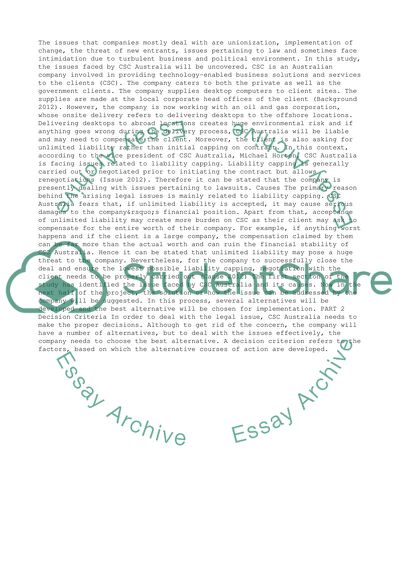Cite this document
(Next Generation Management Development Term Paper, n.d.)
Next Generation Management Development Term Paper. Retrieved from https://studentshare.org/management/1465616-business-capstone
Next Generation Management Development Term Paper. Retrieved from https://studentshare.org/management/1465616-business-capstone
(Next Generation Management Development Term Paper)
Next Generation Management Development Term Paper. https://studentshare.org/management/1465616-business-capstone.
Next Generation Management Development Term Paper. https://studentshare.org/management/1465616-business-capstone.
“Next Generation Management Development Term Paper”, n.d. https://studentshare.org/management/1465616-business-capstone.


